AntibodySystem specializes in the research, development, and production of protein and antibody reagents for life science research, providing high-quality products to researchers worldwide. We are committed to advancing life sciences and empowering breakthroughs in scientific exploration through superior products.
Join Dr. Connie to discover how AntibodySystem tag antibodies contributed to groundbreaking research published in Nature Communications!
Overview
Thrombotic diseases (e.g., myocardial infarction, stroke) remain a leading global health threat, particularly in the post-COVID-19 era, where thrombotic complications have surged. Traditional thrombolytic agents like recombinant tissue plasminogen activator (rtPA) rely on converting plasminogen to plasmin. However, plasmin’s large molecular weight (90–93 kDa) limits its penetration into thrombus cores and leaves residual non-degradable D-dimer, exacerbating thrombosis risks. Thus, developing novel plasminogen-independent thrombolytics is critical.
A New Hope for Thrombosis Therapy: The "Thrombolytic Marvel" from Marine Worms
A recent study in Nature Communications identified a novel thrombolytic enzyme, snFPITE, from the marine worm Sipunculus nudus. This enzyme directly degrades fibrin, activates plasminogen into smaller, more penetrative fibrinolytic-active agents (Flaa), and eliminates D-dimer residues that conventional drugs fail to clear. Animal studies demonstrated snFPITE’s superior efficacy and safety over rtPA, positioning it as a promising candidate for next-generation thrombolytics.
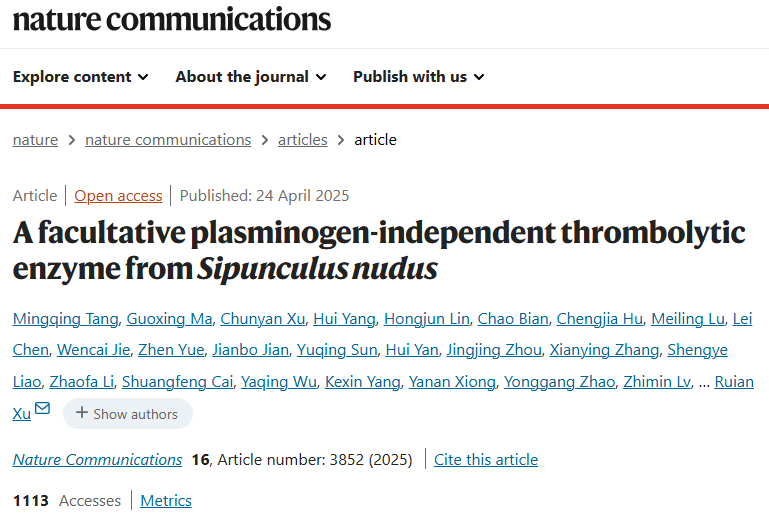
|
Title |
A facultative plasminogen-independent thrombolytic enzyme from Sipunculus nudus |
|
Journal Information |
Nature Communications. 2025 Apr 24;16(1):3852. doi: 10.1038/s41467-025-58915-y. |
|
Cited products |
|
|
Catalog |
Product Name |
Hightlights
- Plasminogen-Independent Activity: Directly degrades fibrin without requiring plasminogen, though plasminogen enhances its efficacy.
- High Degradation Efficiency: Clears cross-linked fibrin completely, avoids D-dimer accumulation, and converts plasminogen into smaller Flaa fragments.
- Low Molecular Weight (24.9 kDa): Enhances thrombus penetration compared to traditional agents.
- Robust Stability: Retains activity after 90 days at 37°C or 96 hours at 40°C; functions across pH 5.0–9.0.
Experimental Results
- In Vitro Thrombolysis: snFPITE degraded fibrin’s Aα, Bβ, and γ chains within 3 hours, with no residual D-dimer.
- Plasminogen Activation: Cleaved plasminogen at 22 sites to generate 26.8 kDa Flaa instead of conventional plasmin.
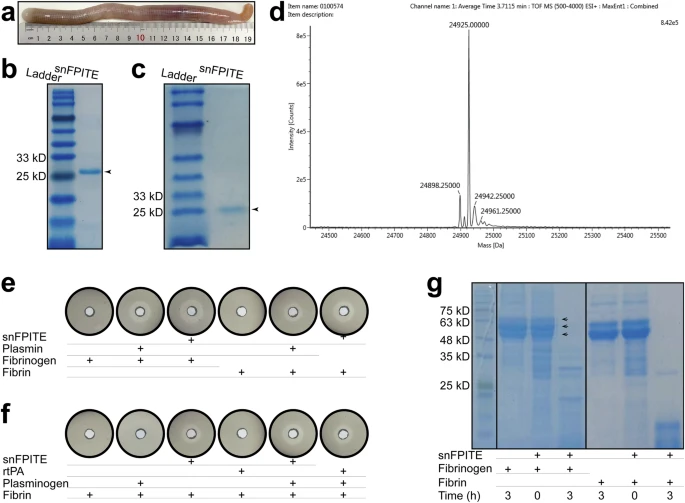
Fig. 1: Characterization of snFPITE and thrombolytic efficacy tests
Animal Models:
Carotid Artery Thrombosis: snFPITE restored blood flow comparably to rtPA.
Tail Thrombosis: 0.9 mg/kg snFPITE significantly reduced thrombus length.
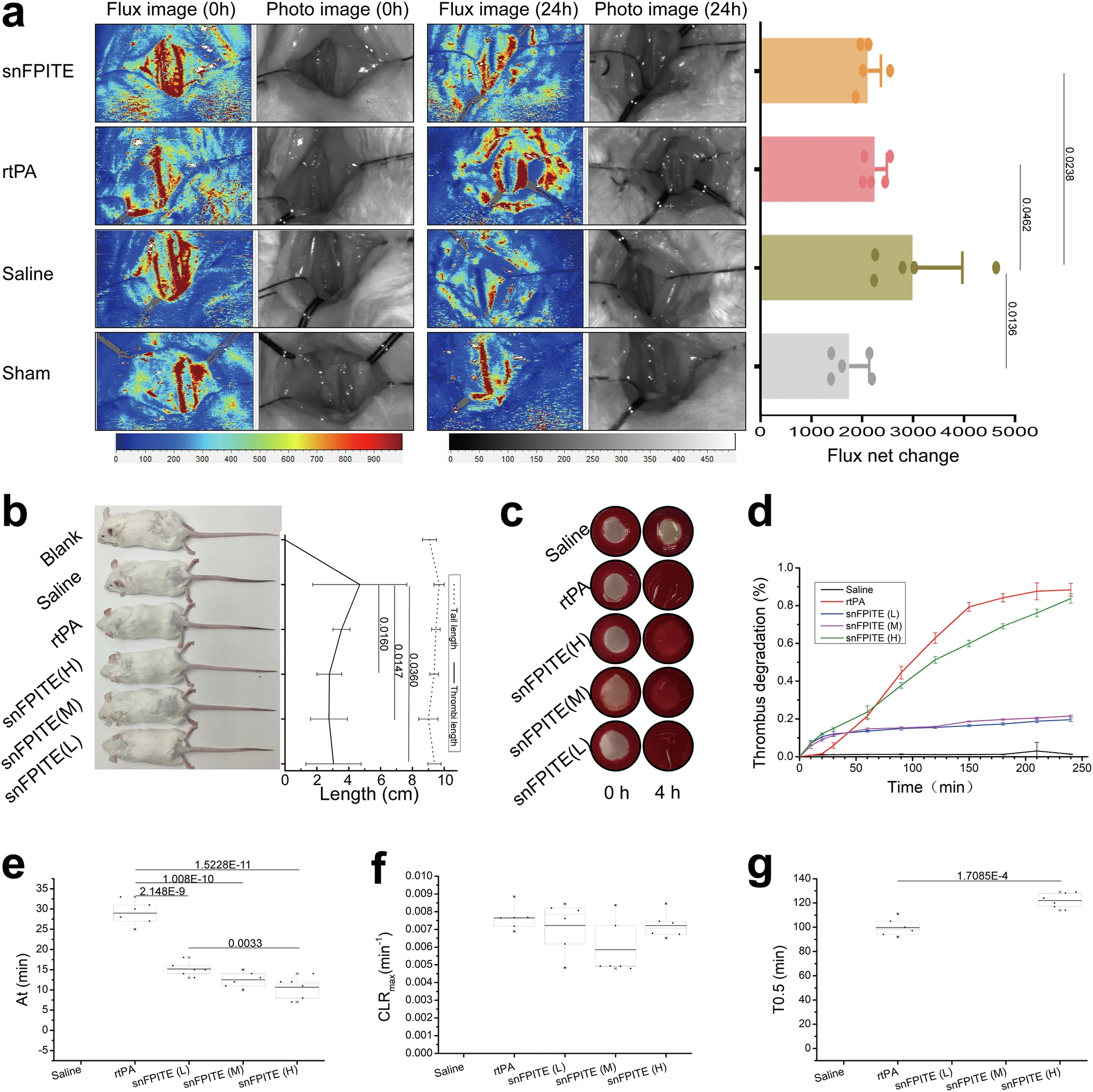
Fig. 2: Thrombolytic activity of snFPITE.
Safety: No significant toxicity or immunogenicity observed after 5-day intravenous administration; bleeding risk comparable to rtPA.
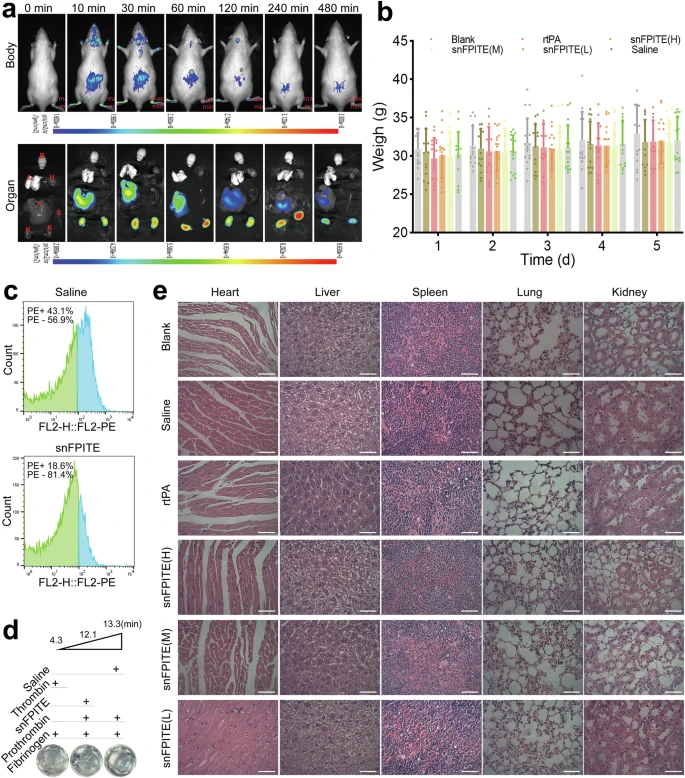
Fig. 3. Safety and pharmacokinetic analysis of snFPITE
Validation of snFPITE Using AntibodySystem’s Tag Antibodies
Researchers employed AntibodySystem’s Anti-6* His (HHHHHH) monoclonal antibody (1A065) (MGK07901) and Anti-Strep Tag (WSHPQFEK) Antibody (C23.21) (RGK26101) for Western blotting to confirm recombinant snFPITE expression in HEK293 and baculovirus systems. Successful detection validated protein integrity, enabling downstream functional assays (e.g., fibrin degradation, animal studies).
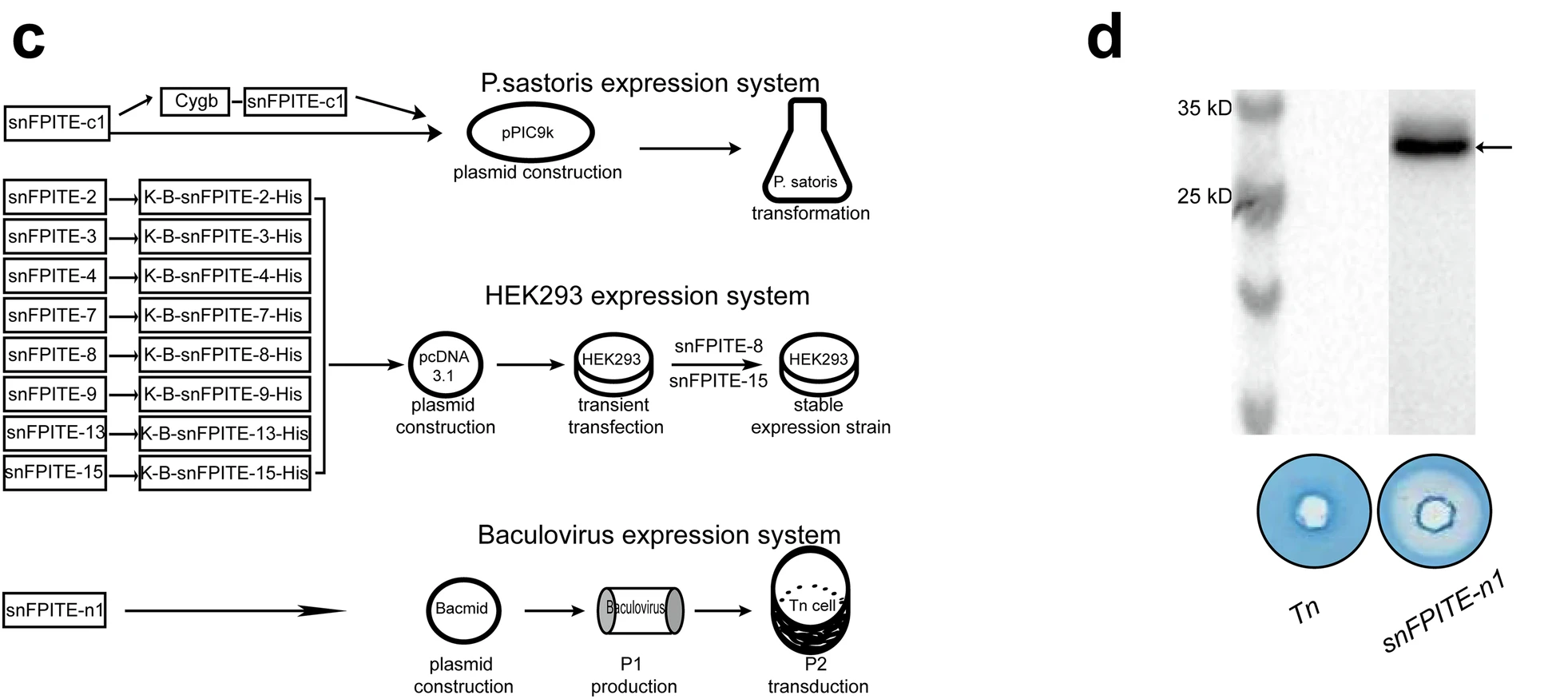
Fig. 4. c. A schematic diagram of the recombinant expression of snFPITE genes
d. Recombinant expression and function validation of snFPITE-n1 genes in Tn-baculovirus system.
Why Choose AntibodySystem’s Tag Antibodies?
High Specificity: Minimal cross-reactivity ensures accurate detection.
Ultra-Sensitivity: Detects proteins as low as picogram levels.
Broad Compatibility: Validated in HEK293, Pichia pastoris, and baculovirus systems.
Reference
Tang M. et al. A facultative plasminogen-independent thrombolytic enzyme from Sipunculus nudus. Nature Communications (2025) 16:3852.
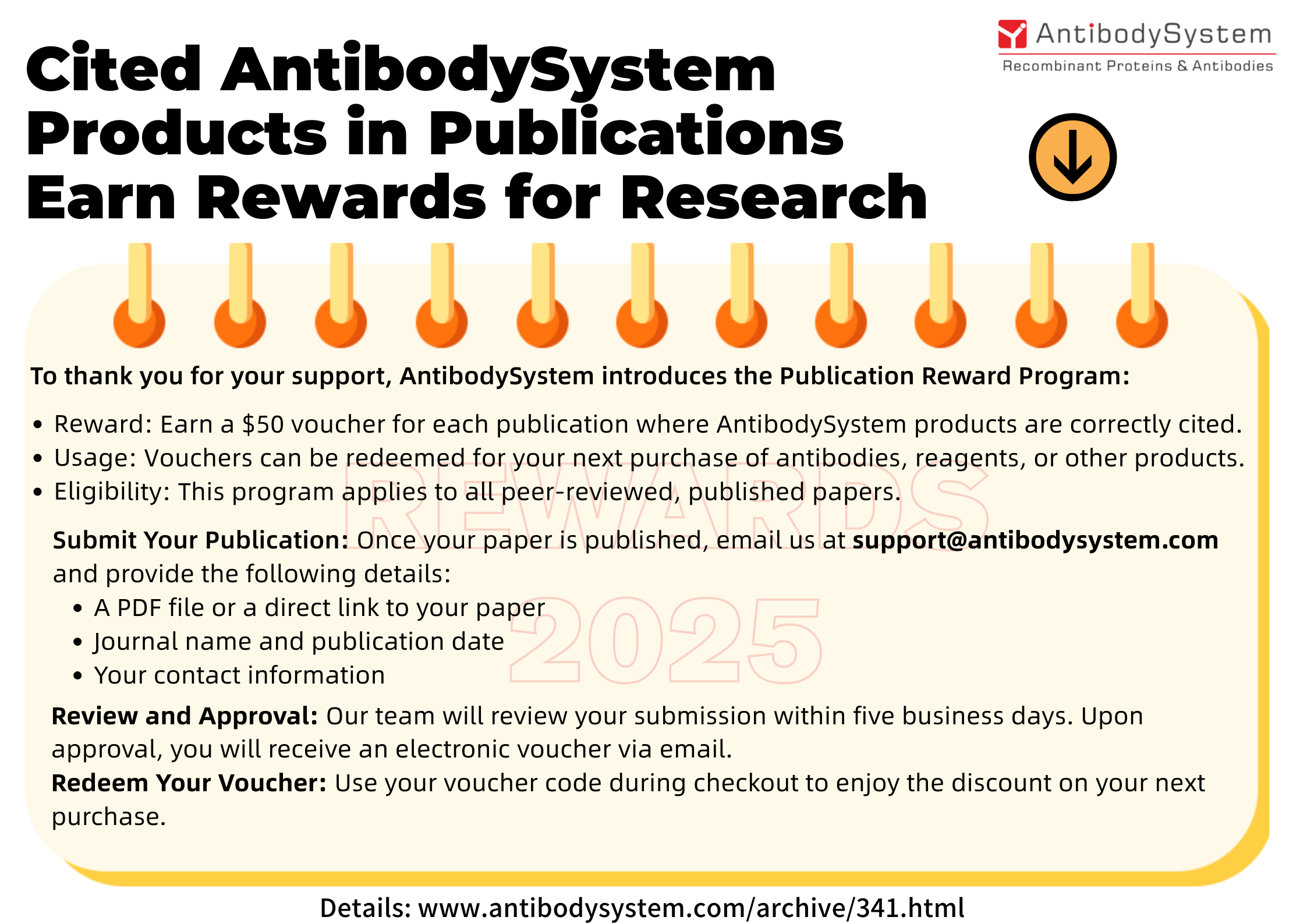
https://www.antibodysystem.com/archive/341.html
Product List:
|
Catalog No. |
Product Name |
Applications |
|
Anti-6 x His Tag (HHHHHH) Antibody (3D5) |
IF,IP,WB |
|
|
Anti-6 x His Tag (HHHHHH) Antibody (AS01) |
IF,IP,WB |
|
|
Anti-Flag Tag (DYKDDDDK) Antibody (M2) |
ChIP,ELISA,EIA,FCM,WB,IP,ICC,IF |
|
|
Anti-Flag Tag (DYKDDDDK) Antibody (2H8) |
CHIP,IF,IP,WB |
|
|
Anti-HA Tag (YPYDVPDYA) Antibody (12CA5) |
IF,IP,WB |
|
|
Anti-Strep Tag (WSHPQFEK) Antibody (C23.21) |
ELISA,WB |
|
|
Anti-Strep Tag (WSHPQFEK) Antibody (3E8#) |
ELISA,FCM |
|
|
Anti-GFP Tag Antibody (N86/38.1) |
IF,IHC,IP,WB |
|
|
Anti-GFP Tag Antibody (N86/8R) |
IHC,IP,WB |
|
|
Anti-GST Tag Antibody (N100/13.1) |
IF,IP,WB |
|
|
Anti-MBP Tag Antibody (MCS2) |
ELISA |
|
|
Anti-MBP Tag Antibody(B48) |
IP,WB |
|
|
Anti-polyQ Tag (GQQQQQQQQQQG) Antibody (MW1) |
WB |
|
|
Anti-polyQ Tag (GQQQQQQQQQQG) Antibody (1C2) |
WB |
|
|
Anti-polyQ Tag (GQQQQQQQQQQG) Antibody (3B5H10) |
WB |
|
|
Anti-V5 Tag (IPNPLLGLD) Antibody (PK1) |
ELISA,IF,IHC-Fr,IP,RIA,WB |
|
|
Anti-Softag1 Tag (SLAELLNAGLGGS) Antibody (NT73) |
ELISA,WB |
|
|
Anti-EE Tag (EYMPME) Antibody (3D5/EE_48.K) |
ELISA,SPR,WB |
|
|
Anti-DLVPR Epitope Tag Antibody (G196) |
IF,IP,WB |
